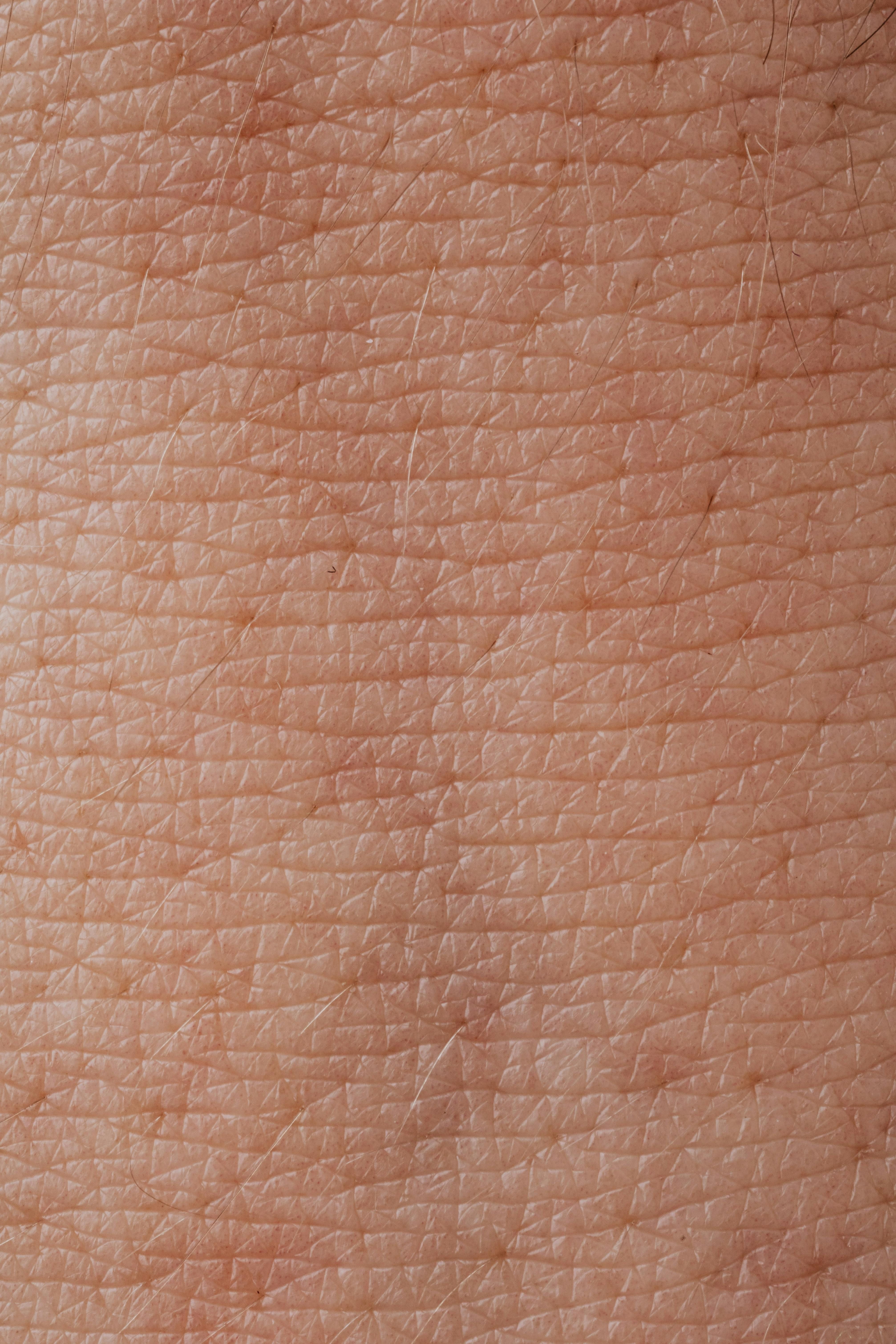Unveiling the Past: Sailor Neil D. Frye Found, 83 Years After Pearl Harbor
Identified Soldier: Fatal Victim of 84-year-old Pearl Harbor Attack - Remains of Soldier Identified Eight Decades Following Military Assault
Approx. 2 min read
Originally published on RTL.de
After a lifelong search, the family of sailor Neil D. Frye finally found closure. At 20, Frye perished in the Pearl Harbor attack of 1941, but his family remained in the dark until recently. Now, his remains have been identified, and he was laid to rest in North Carolina.
The Pearl Harbor attack on December 7, 1941, claimed the lives of approximately 2,400 U.S. soldiers. Frye was among them.
The youngest of ten siblings, Frye, is the only one still unaccounted for. His youngest sister, Mary Frye McCrimmon, attended his funeral at 87 years old, stating, "I could have had him buried in Arlington or wherever I wanted, but I preferred that he be brought home."
Frye enlisted in the Navy in 1940, leaving an impact on his young sister. She remembers his kindness, as he built her a sled and gifted her a tricycle.
Rekindling Hope for Identification
For years, the family embraced a wavering belief in Frye's survival. Mary was only four when told of her brother's death, as his body was never found. "My mother always loved to watch people. She would go everywhere she could, to a small town, and just watch the men walking by to see if she could spot Neil anywhere," McCrimmon reminisced.
After decades, Frye's remains were found in a Hawaii cemetery, wedged among unidentified crew members of the USS West Virginia. DNA analysis, anthropological investigations, and historical research combined to confirm that these remains belonged to Neil D. Frye.
DNA samples from family members were crucial in providing a match. The Defense POW/MIA Accounting Agency (DPAA) used advanced technology to analyze the DNA and compare it against the family's samples. The process of identification is complex, involving dental records, historical research, and anthropological analysis.
Frye's name sat on the Punchbowl memorial wall since World War II. Now, a rosette will grace his spot-a symbol of the long-awaited identification. Although his parents did not live to see their son's return, McCrimmon believes they felt a sense of relief. "I know my mother and father somehow know, I know they're happy," she said.
Fun Fact:Did you know that the DPAA often collaborates with civilians and other organizations to uncover more remains from the Pearl Harbor attack? This dedicated effort to identify missing service members helps bring peace to families and preserve history.
Topics:- Pearl Harbor- World War II- North Carolina- Japan- Defense POW/MIA Accounting Agency (DPAA)- DNA analysis- Anthropological analysis- Memorials- Pearl Harbor attack investigation- Missing service members
Related Reads:- "The Process of Identifying Remains from Pearl Harbor"- "Pearl Harbor: An Overview"- "Unveiling the Stories of Missing Service Members"
- Eighty-three years after the Pearl Harbor attack in 1941, Neil D. Frye, a sailor from North Carolina, was finally identified as one of the casualties.
- Sadly, Frye's remains were found in a Hawaii cemetery, among the unidentified crew members of the USS West Virginia, years after his family had held onto a wavering belief of his survival.
- The identification process was complex, involving DNA analysis, anthropological investigations, and historical research, with DNA samples from family members proving crucial for a match.








